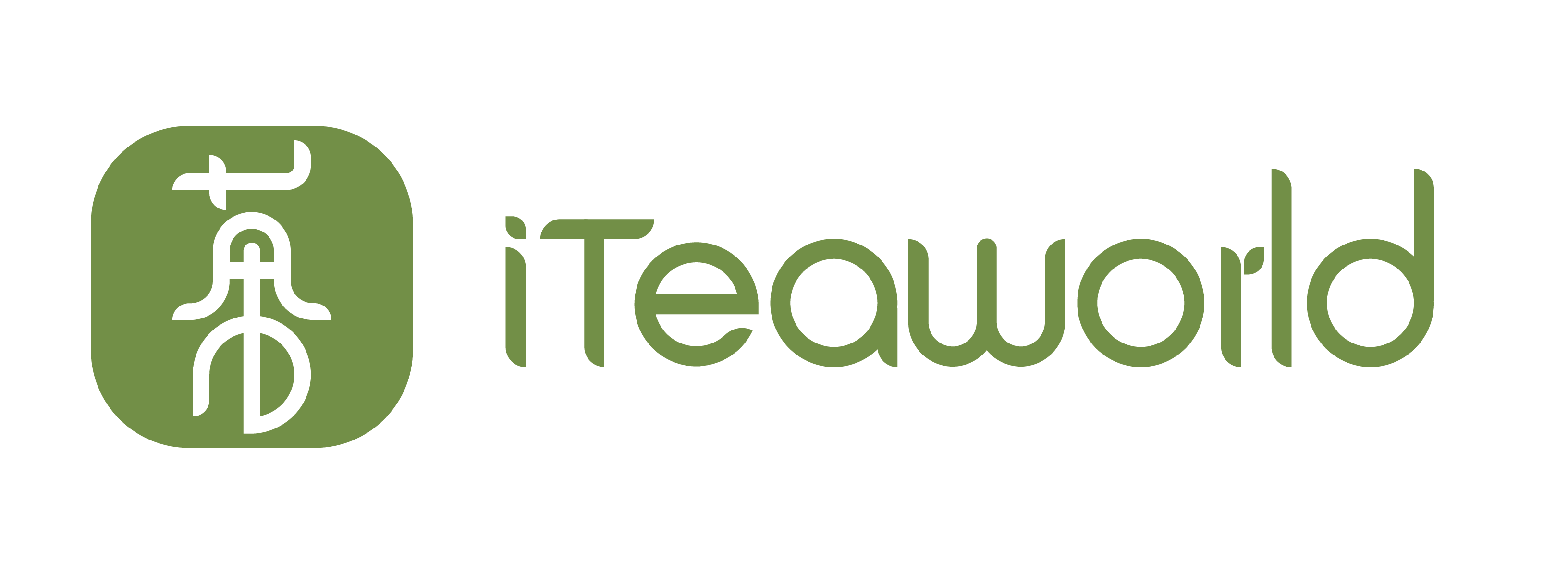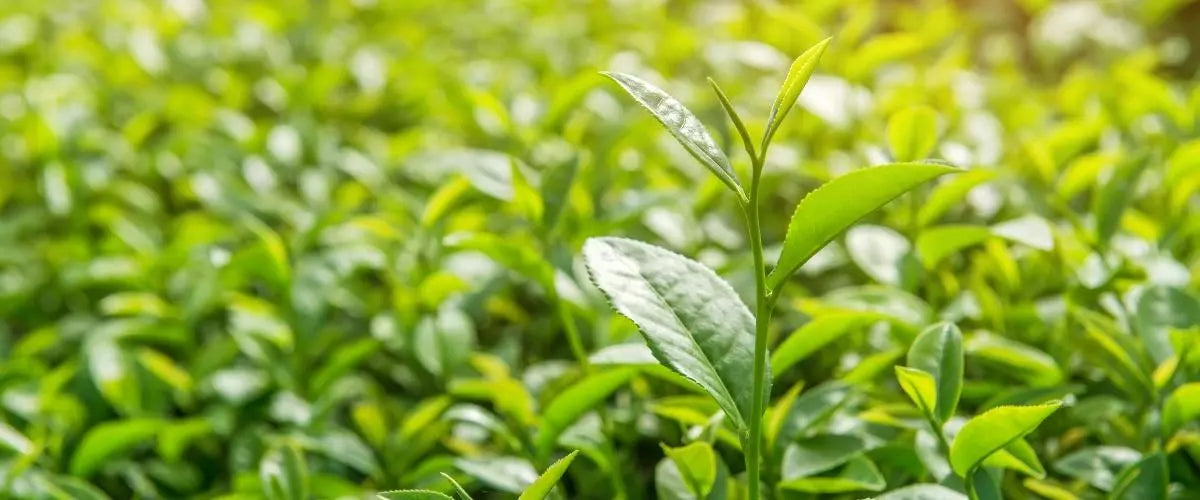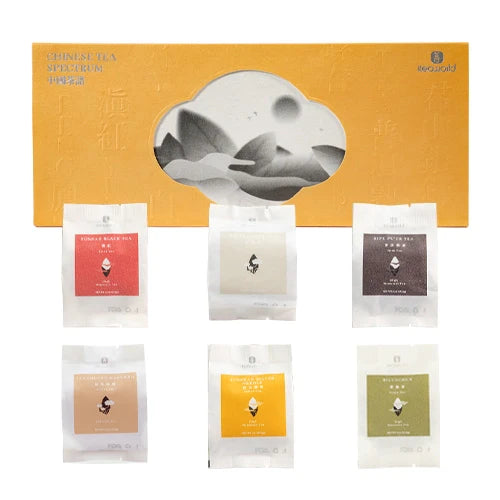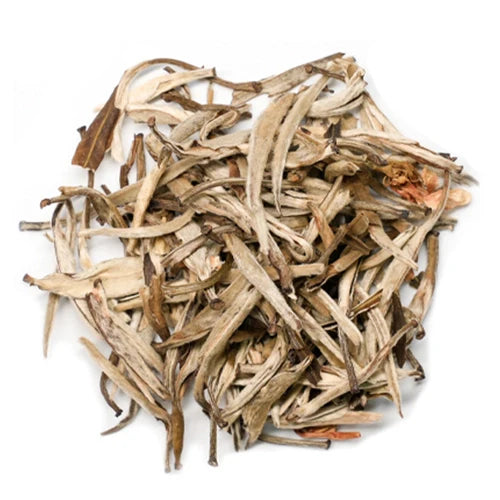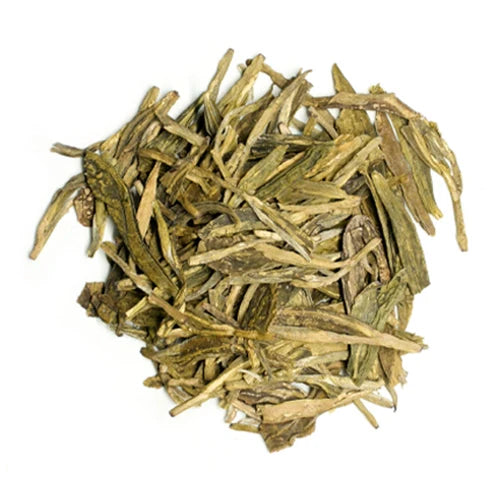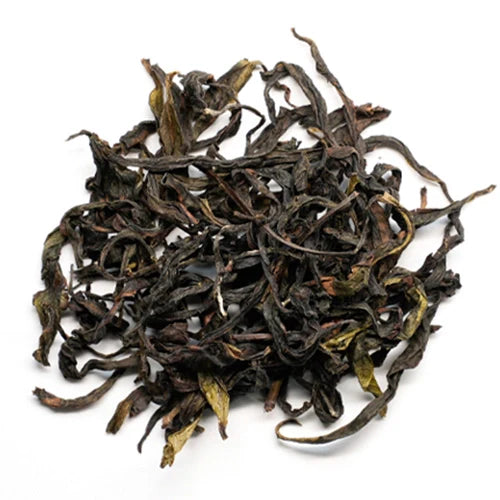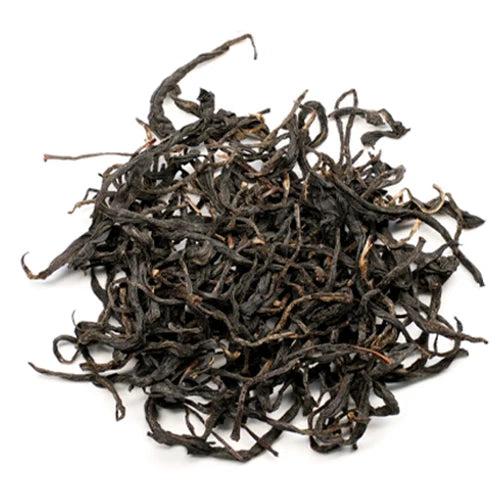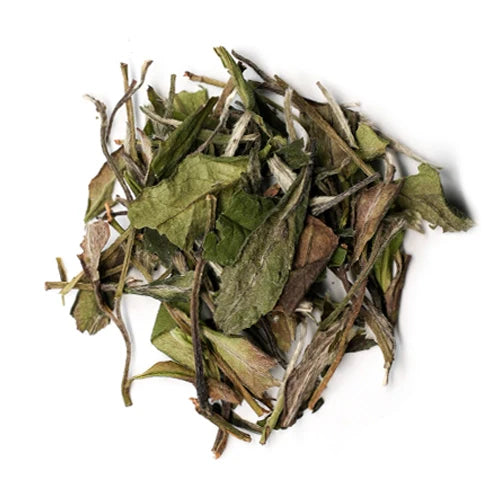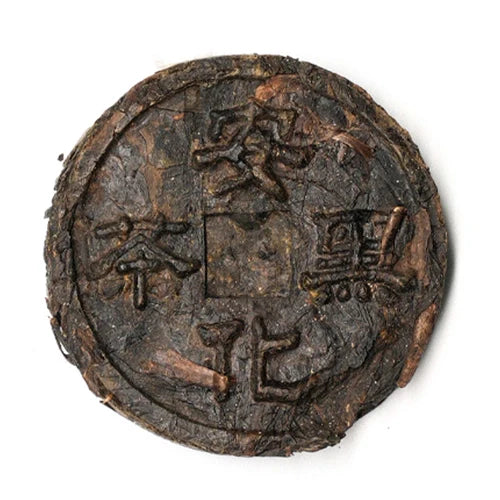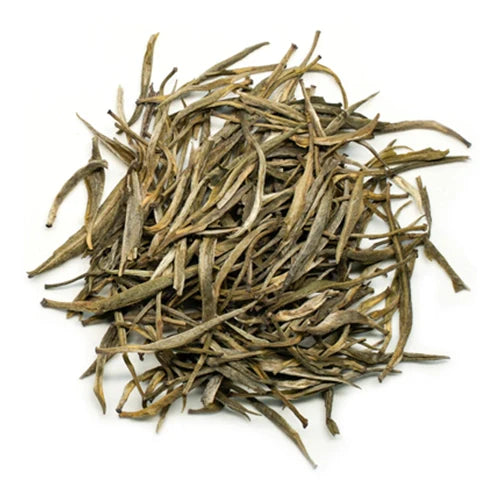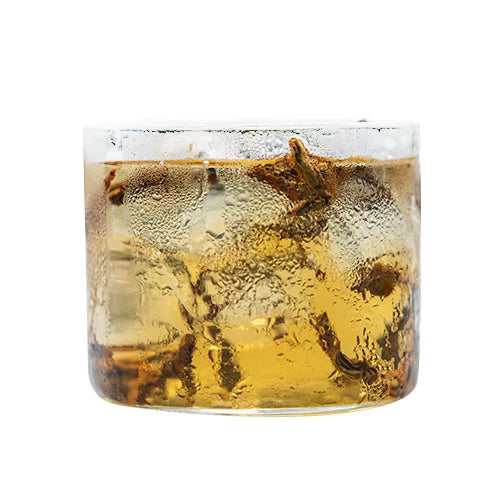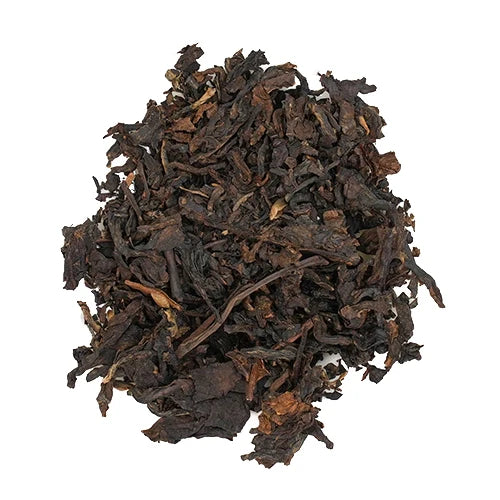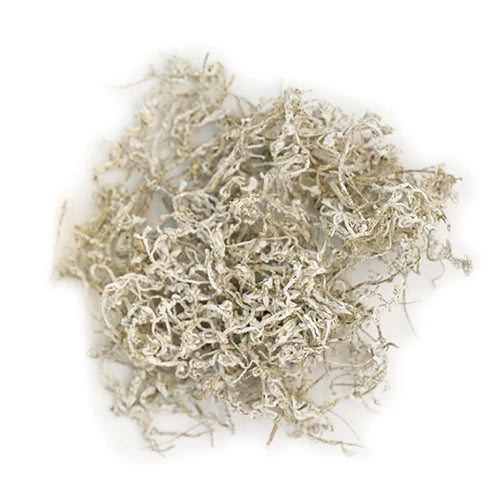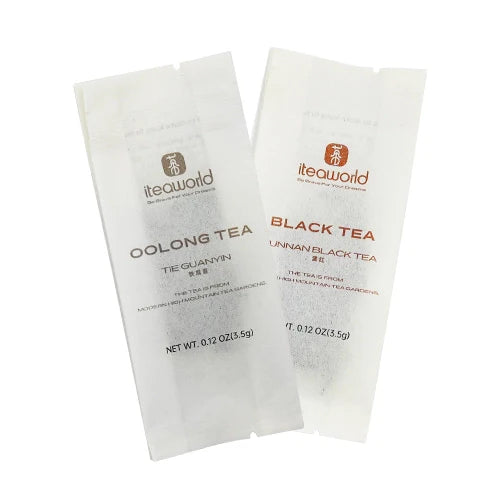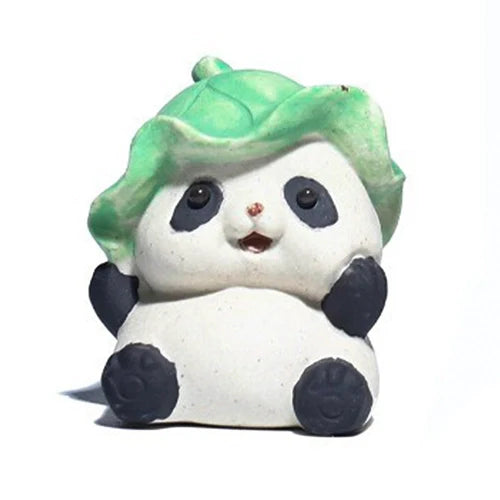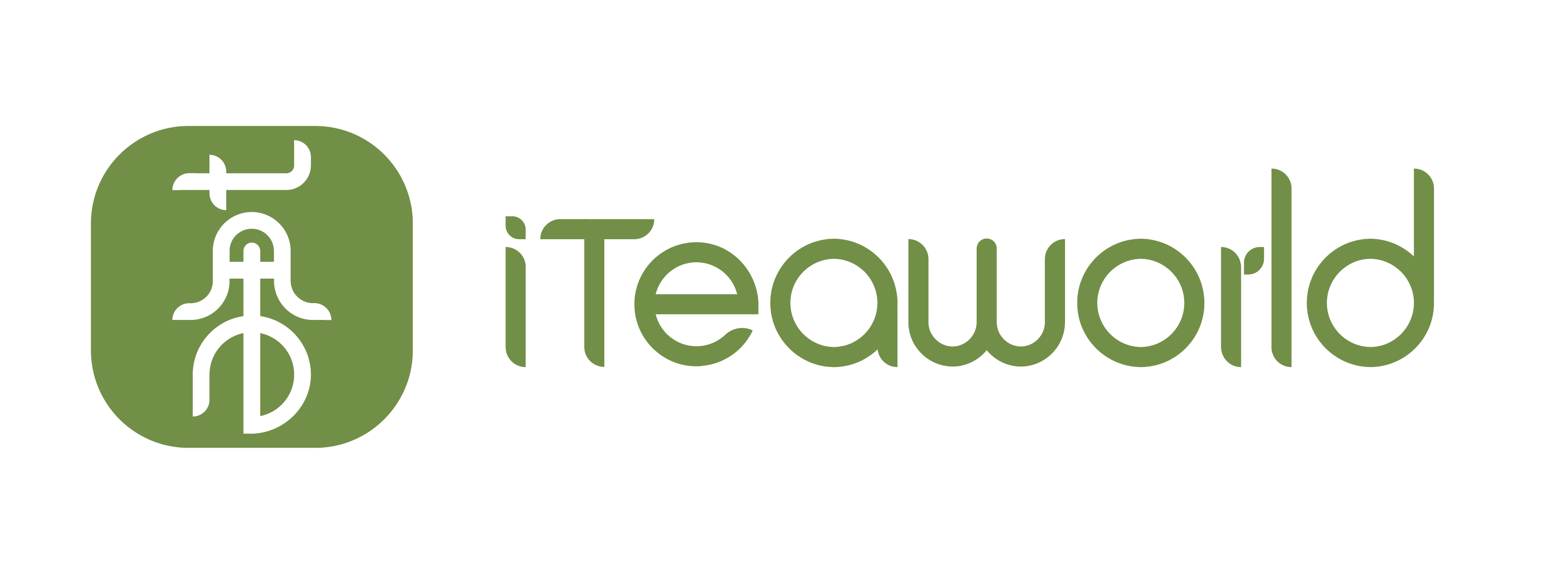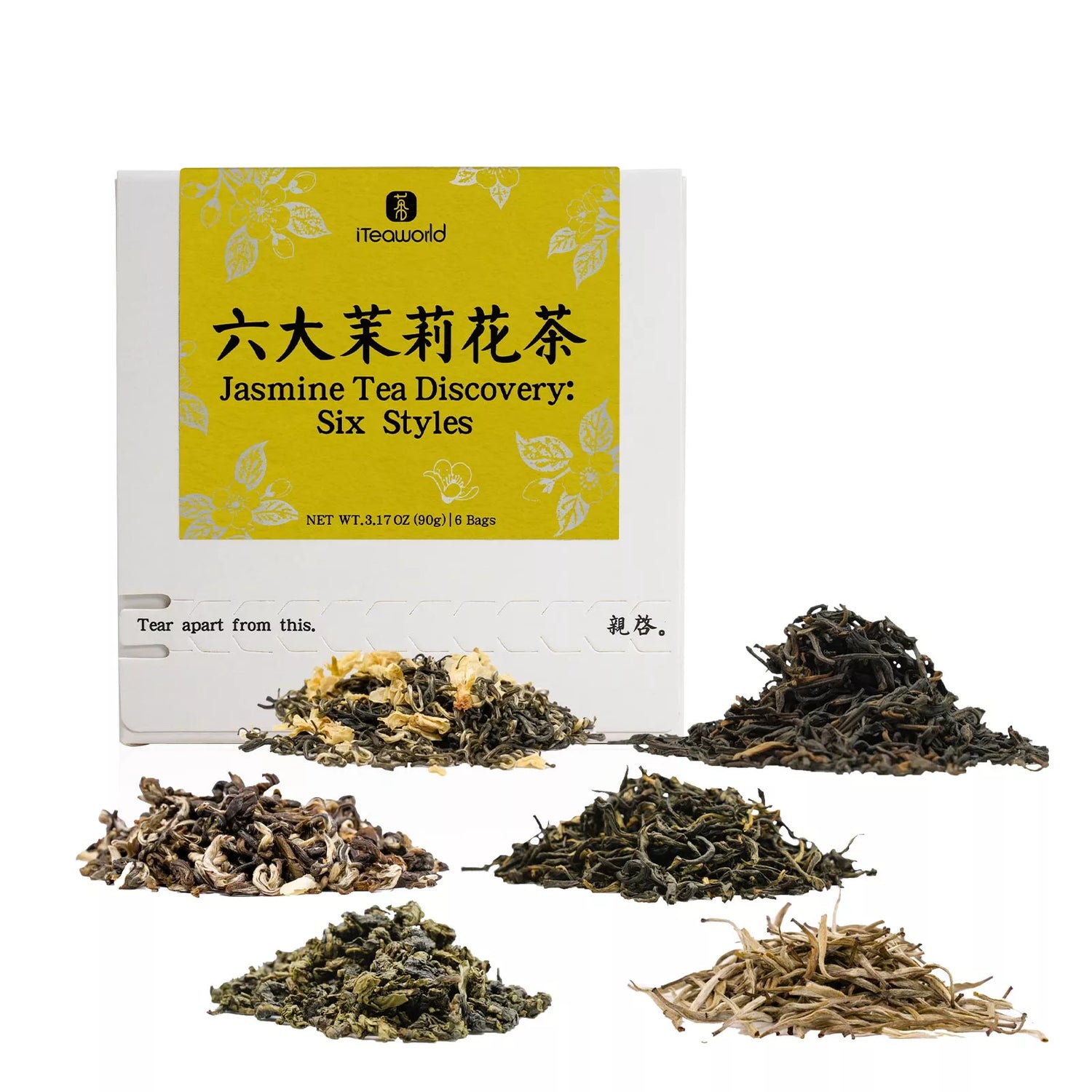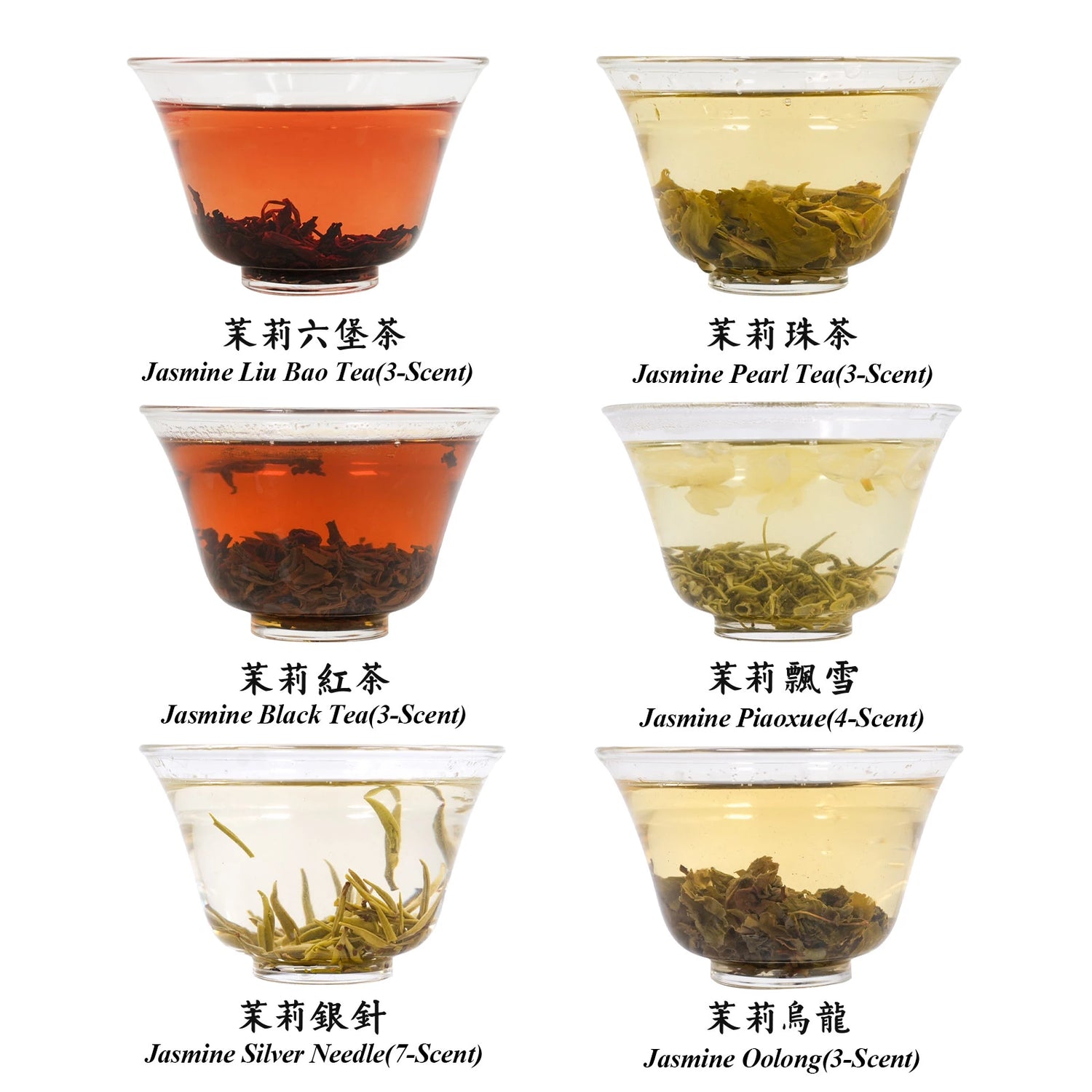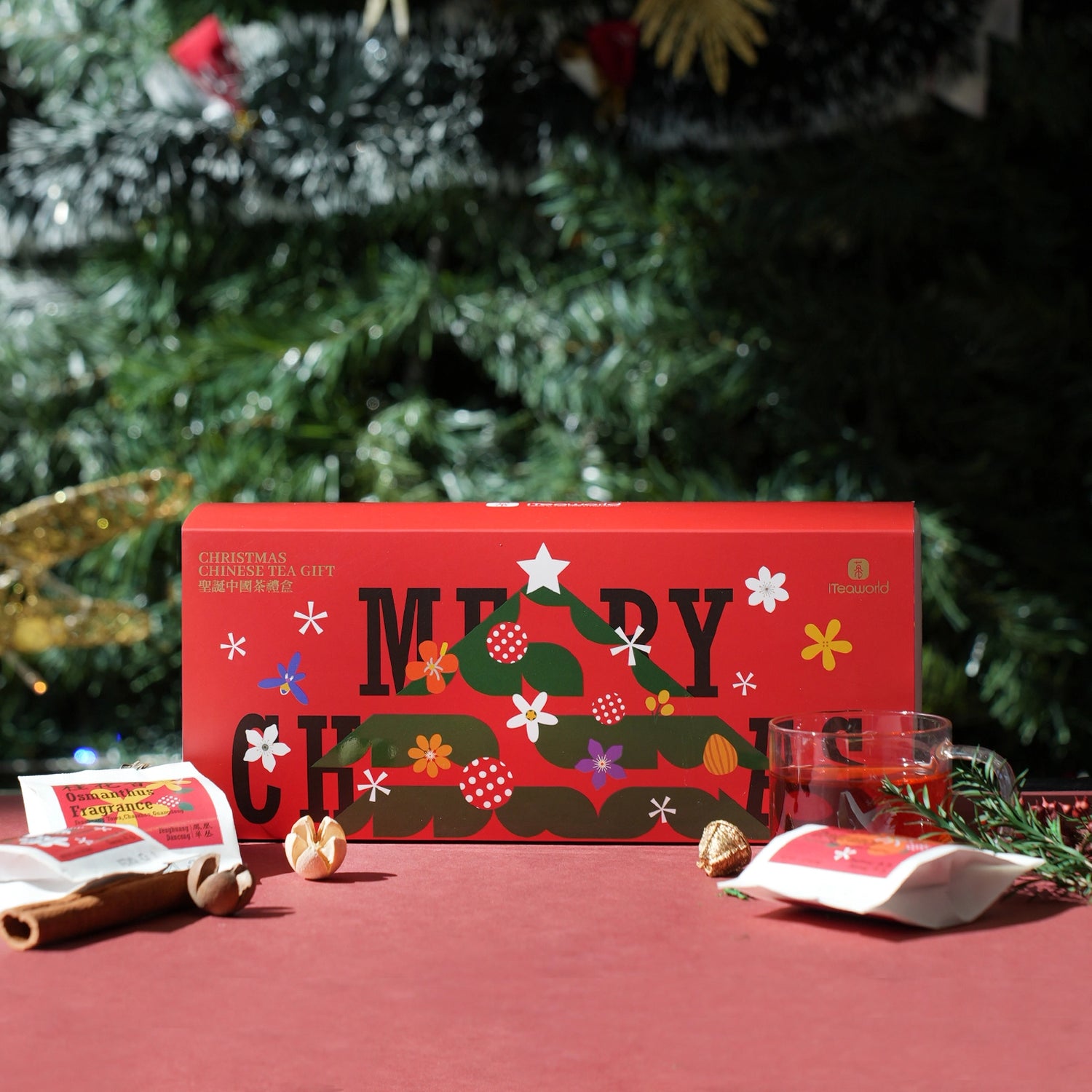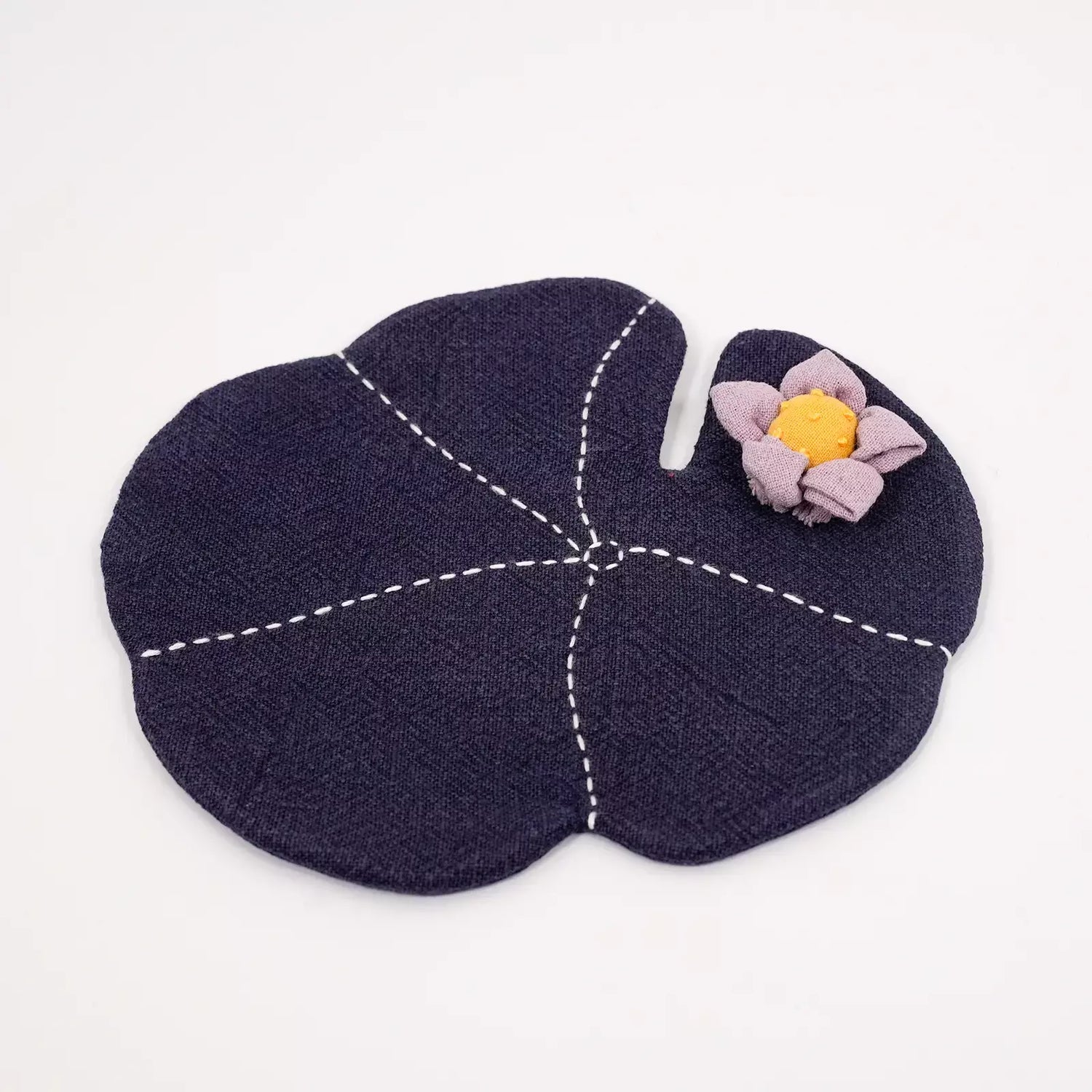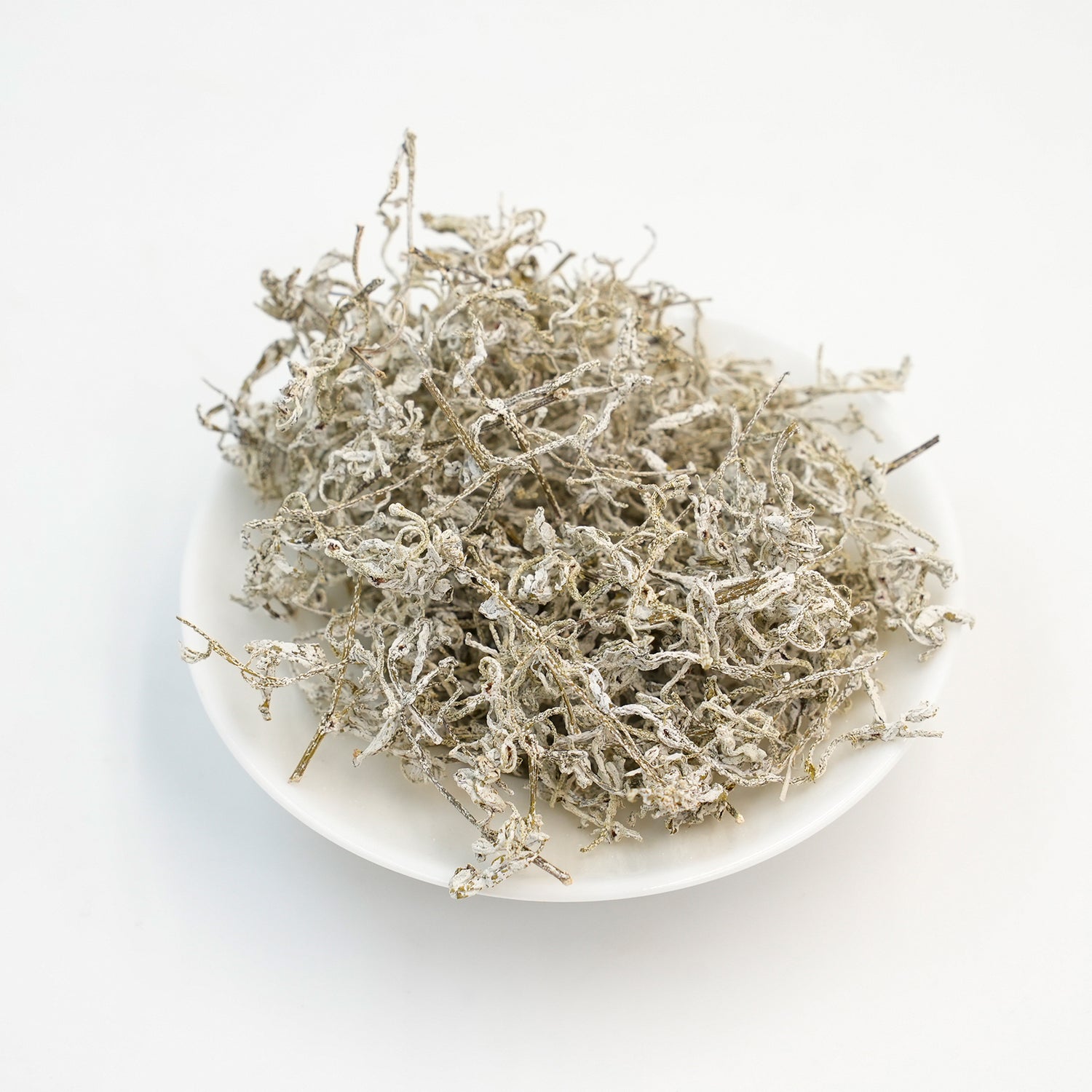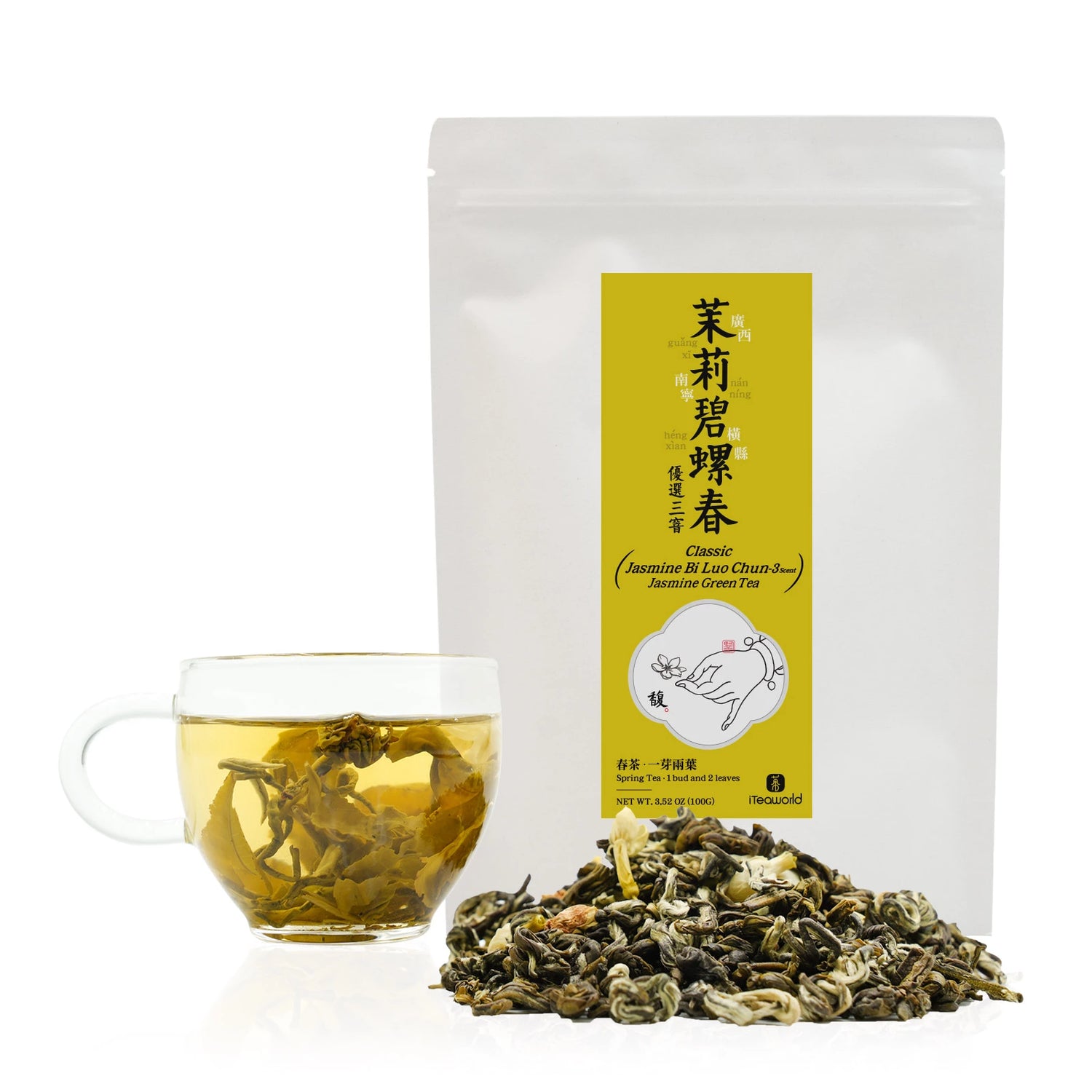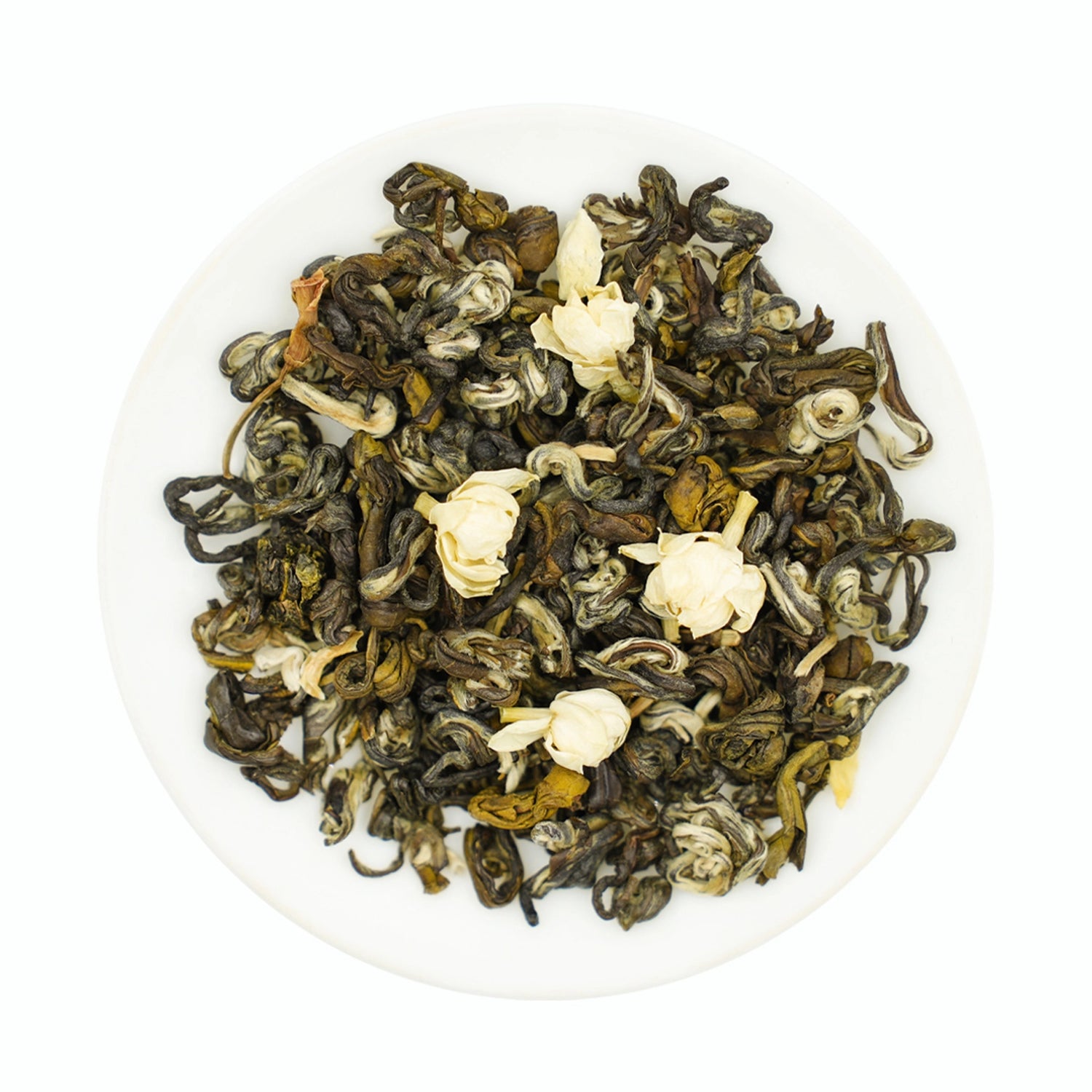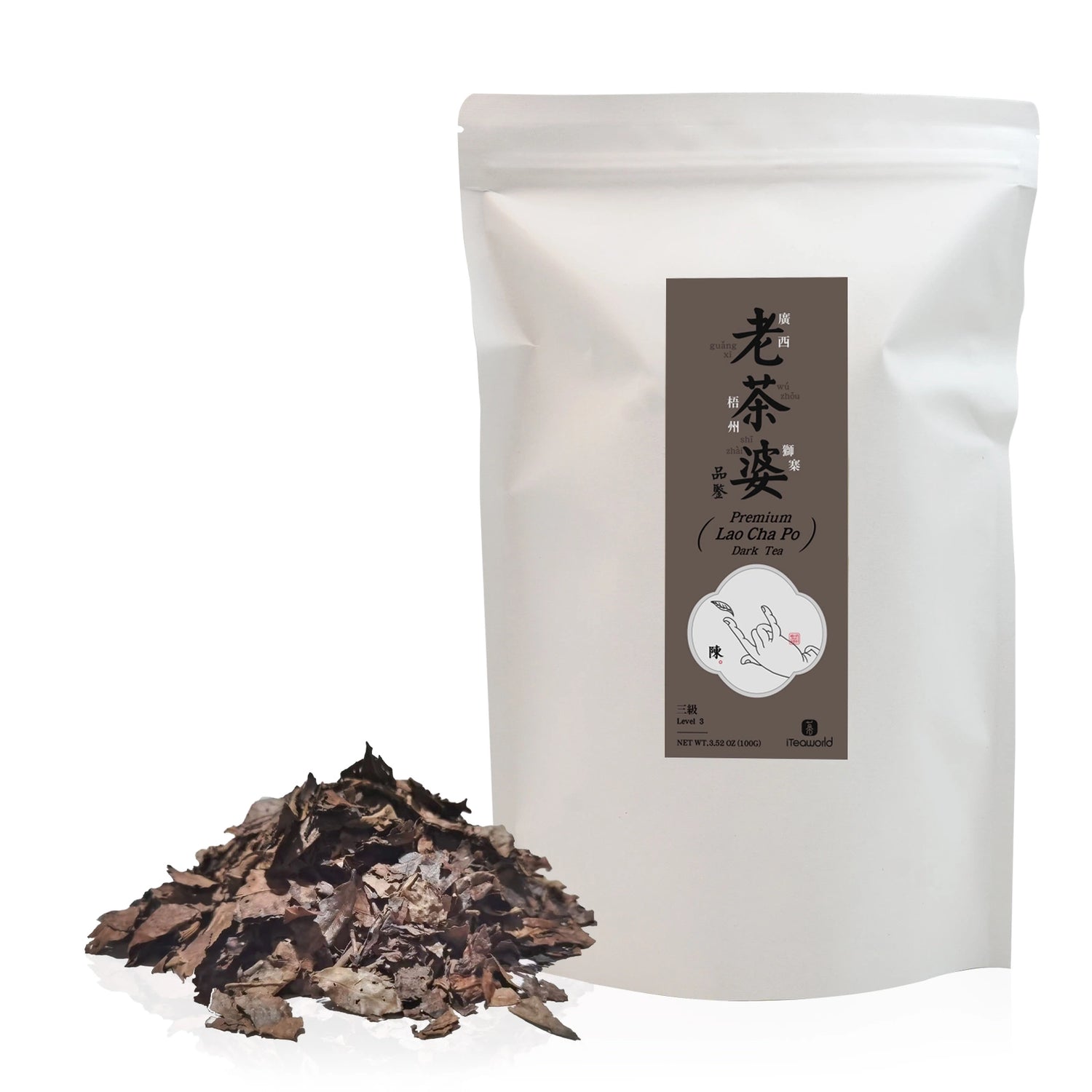Fenghuang Dancong 10 Aromas Collection – A Perfect Holiday Tea Gift
Discover the essence of Chinese Gongfu tea culture with this unique Fenghuang Dancong oolong tea set, featuring 10 distinct natural aromas like Jasmine, Gardenia, Honey Orchid, and more. Known as the "perfume of tea," this collection showcases the diverse flavors created by different tea bush varieties from Fenghuang Town, the heart of Dancong tea production.
Whether you’re a fan of fragrant teas, a Gongfu tea enthusiast, or simply curious about the rich aromas and flavors of oolong tea, this set offers a sensory journey you won’t forget. Beautifully curated, it’s an ideal gift for tea lovers who appreciate authentic, aromatic, and high-quality teas.
What is Fenghuang Dancong tea?
Fenghuang Dancong tea is a type of oolong tea, which is selected and bred from the Fenghuang Shuixian group. Each individual plant has its own unique shape and variety, forming its own product line, hence the name "Dancong," which means "single bush" or "single strain." This tea is mainly characterized by its ability to withstand multiple infusions, its strong aftertaste, and its high, lingering aroma. It's known as the most fragrant oolong tea due to its distinctive fragrance. Based on different aromatic types, Fenghuang Dancong is divided into various scented categories.
The product includes:
Fenghuang Dancong Oolong Tea(Huang Zhi Fragrance)2*5g
Fenghuang Dancong Oolong Tea(Orchid Fragrance)2*5g
Fenghuang Dancong Oolong Tea(Honey Orchid Fragrance)2*5g
Fenghuang Dancong Oolong Tea(Magnolia Fragrance)2*5g
Fenghuang Dancong Oolong Tea(Ginger Flower Fragrance)2*5g
Fenghuang Dancong Oolong Tea(Osmanthus Aroma)2*5g
Fenghuang Dancong Oolong Tea(Cinnamon Fragrance)2*5g
Fenghuang Dancong Oolong Tea(Almond Fragrance)2*5g
Fenghuang Dancong Oolong Tea(Night-scented Stock)2*5g
Fenghuang Dancong Oolong Tea(Jasmine Fragrance)2*5g
Origin:
Fenghuang Town, Chaozhou City, Guangdong Province.
Introduction to the Top 10 Fragrance Types of Fenghuang Dancong Tea
Fenghuang Dancong(Huang Zhi Fragrance):A high-quality single bush tea with a natural gardenia fragrance.
Fenghuang Dancong (Orchid Fragrance):Features the aroma of orchids, fresh and subtle.
Fenghuang Dancong (Honey Orchid Fragrance):The most popular type, known for its strong honey flavor combined with orchid fragrance, hence the name Milan.
Fenghuang Dancong(Magnolia Fragrance): Fresh and elegant, with the aroma of magnolia flowers.
Fenghuang Dancong(Ginger Flower Fragrance):Also known as 'Penetrating Heaven Fragrance', named for the uplifting ginger flower scent when the tea is brewed.
Fenghuang Dancong (Osmanthus aroma): Reminiscent of osmanthus flowers, sweet and lingering.
Fenghuang Dancong (Cinnamon Fragrance): Named for the tea's flavor that resembles the taste of cinnamon, a traditional Chinese medicine.
Fenghuang Dancong (Almond Fragrance):Also known as 'Sawtooth', named for the serrated edges of the leaves, with a distinct almond aroma.
Fenghuang Dancong (Night-scented Stock): Night-scented Stock Dancong is famous for its unique evening fragrance and flavor. It's mainly produced in Fengxi Dan Lake, Fenghuang Town, and is quite rare.
Fenghuang Dancong (Jasmine Fragrance): A unique fragrance type with the scent of jasmine flowers, refreshing and delightful.
Brewing Tips
Recommended Method: Traditional Gongfu style.
Best Teaware: White porcelain gaiwan or Yixing clay teapot.
Tea-to-Water Ratio: Use 5g of tea for 100ml of water.
Water Temperature: 212℉ (100℃).
Steeping Times:
First rinse: Quick pour, discard the rinse.
2nd–5th infusions: Steep for 6–8 seconds.
6th–10th infusions: Steep for 10–15 seconds.
Brewing Durability: Authentic Dancong from Chaozhou's Fenghuang region can be steeped 12–15 times.
Technique: Pour water along the edge of the gaiwan in a steady stream. Tilt the lid slightly to leave a small gap to prevent over-steaming.
